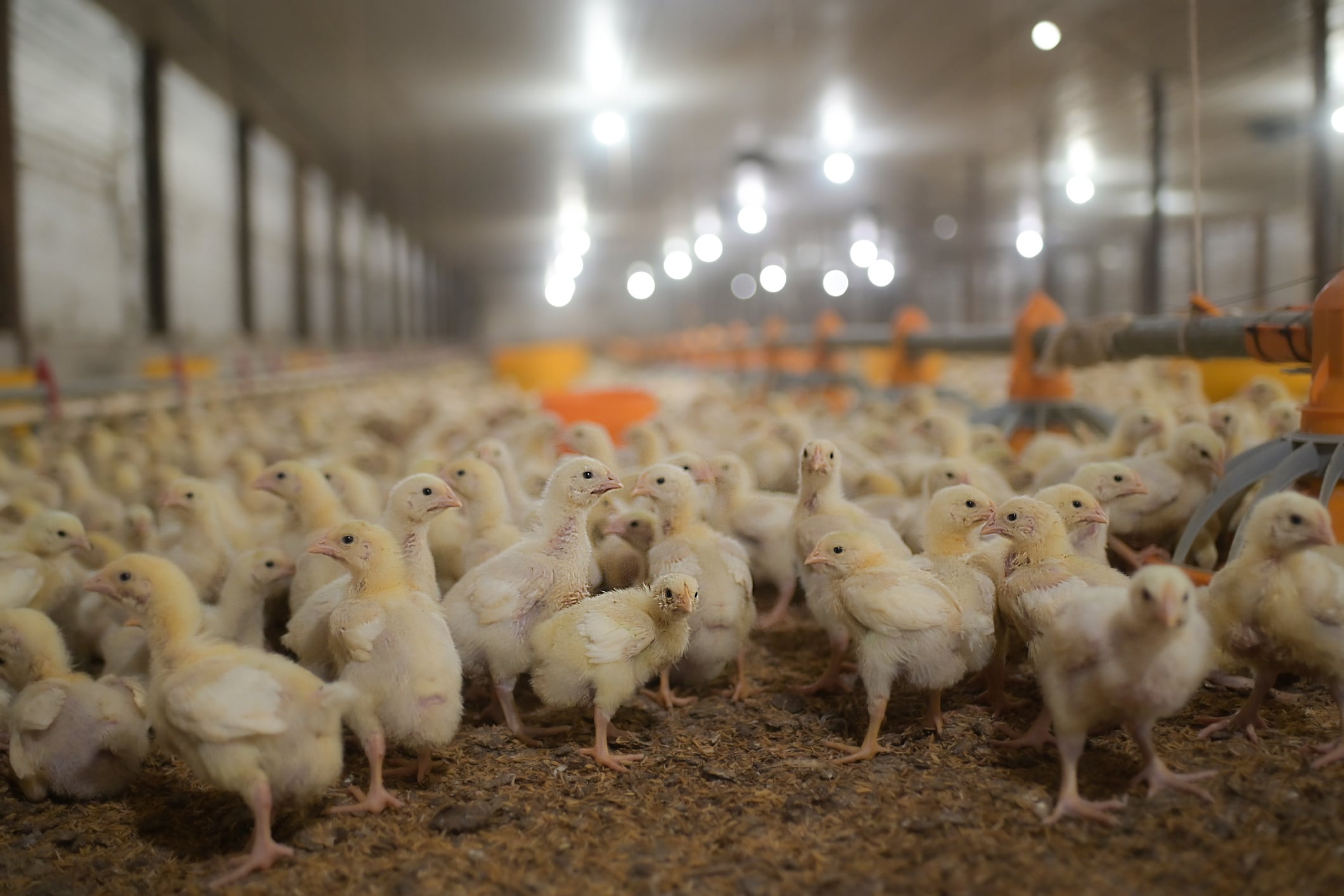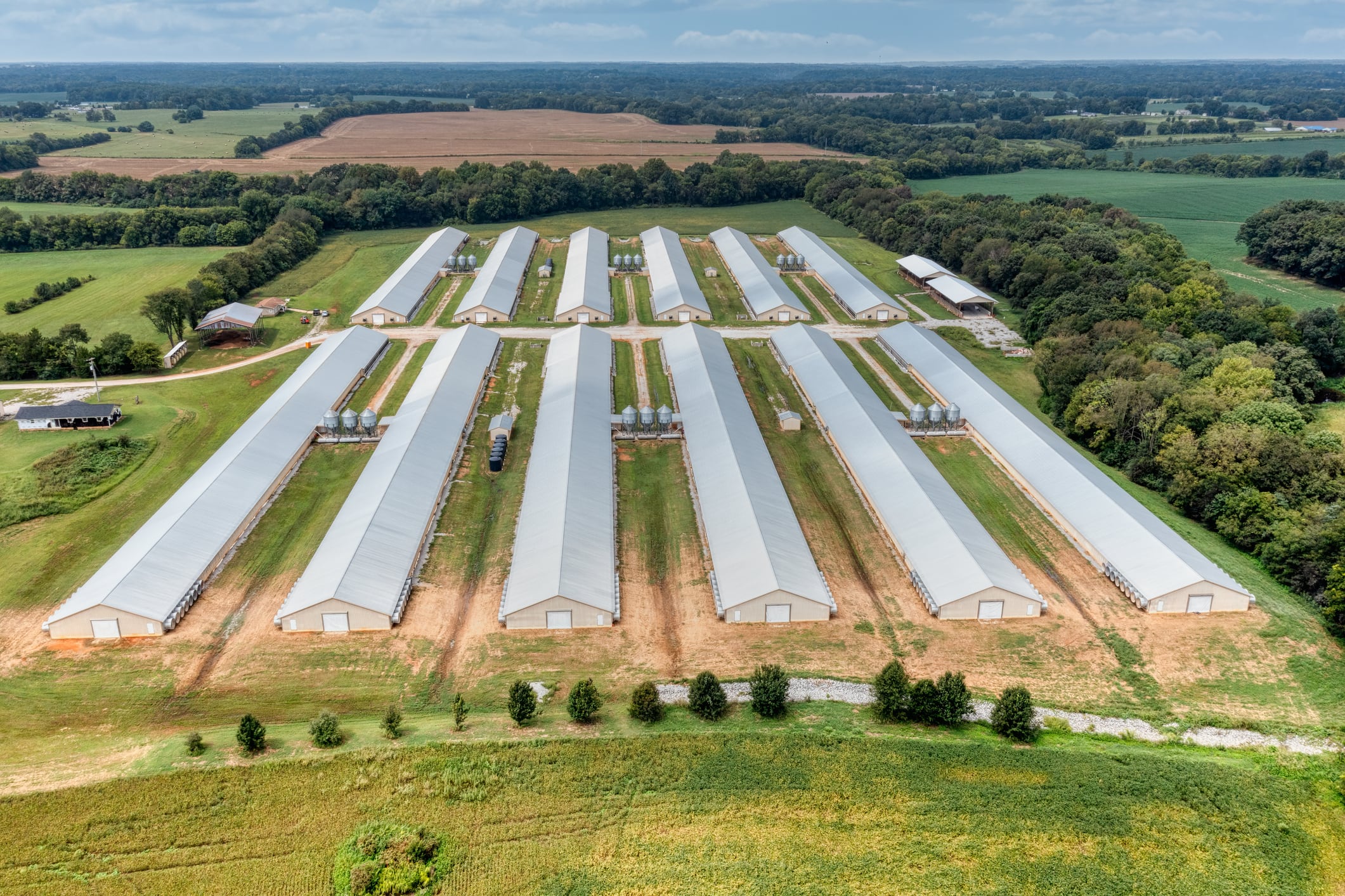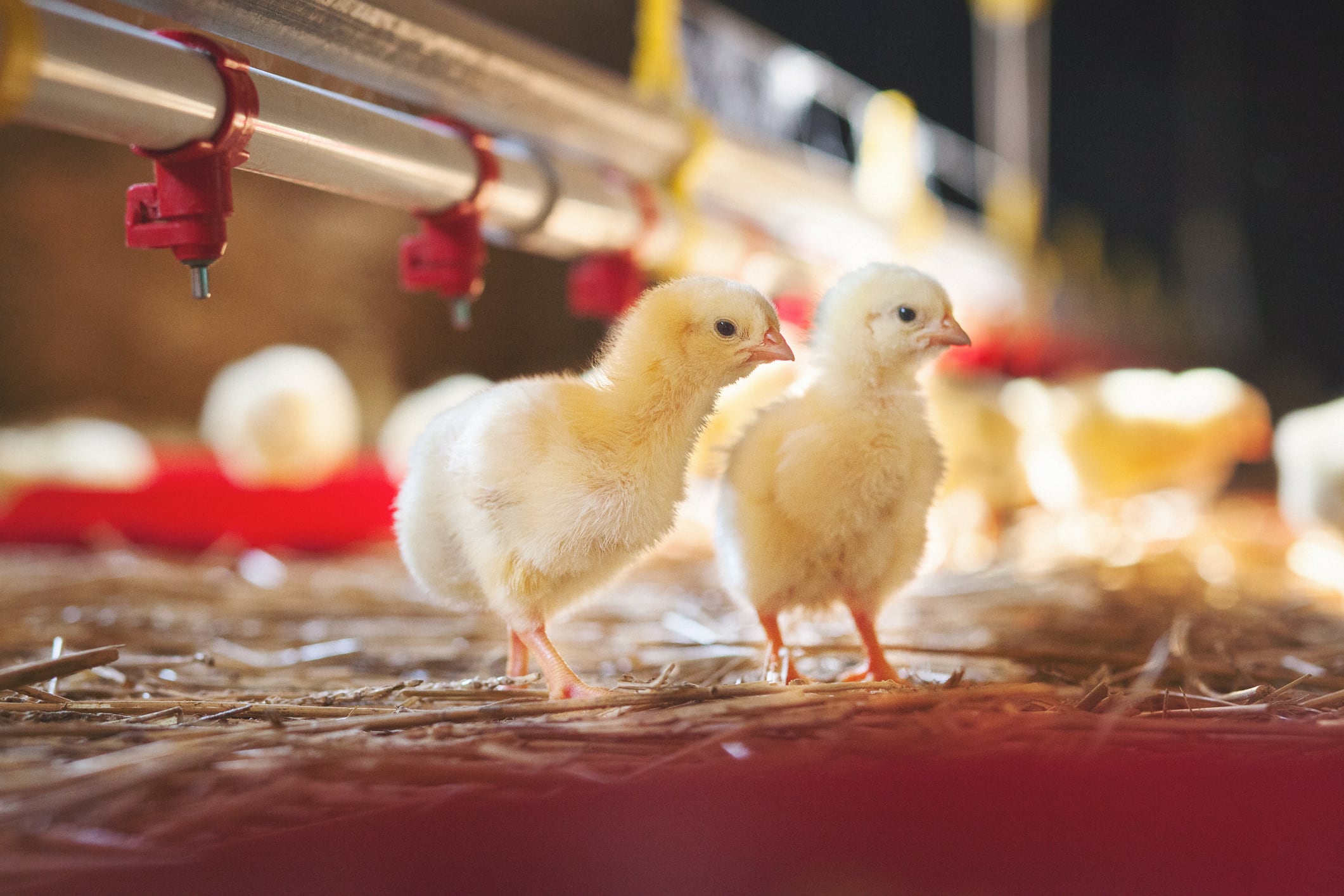Egg producer Kipster is turning to in-ovo sexing technology in the US as a temporary measure to uphold its no-chick-culling principles.
Known for its ethical and environmentally conscious poultry practices, Kipster announced a temporary shift to in-ovo sexing technology to avoid the culling of day-old male chicks. The technology allows for the identification of a chick’s sex while still in the egg during incubation. Male embryos are removed before hatching, eliminating the need for the industry-standard practice of post-hatch culling.
The US egg industry currently culls over 350 million male chicks annually due to their inability to lay eggs and their unsuitability for meat production. Kipster has been a pioneer in challenging this norm. When it launched its US operations in 2022 in partnership with MPS Egg Farms, it became the first US commercial egg producer to raise male chicks instead of culling them, mirroring its European model.
However, due to limited infrastructure and lack of market demand for rooster meat from layer breeds, the company began culling in 2024 - a first in its history.
“We’re disappointed that we haven’t yet succeeded in raising male chicks in the US,” said Ruud Zanders, Kipster’s co-founder and co-CEO. “This is a shortcoming on our part, but allowing chicks to hatch only to be gassed or macerated is not an option for us. In-ovo sexing is a temporary alternative that aligns with our values.”
Kipster will use the Respeggt in-ovo sexing system at a Hendrix ISA hatchery. This DNA-based method is the first in the US capable of identifying embryo sex for both white and brown layer breeds. Kipster estimates that roughly 0.5% of male embryos will not be identified through this process. These chicks - approximately 150 to 200 - will be raised for meat at a local farm.
The first Kipster eggs laid by in-ovo sexed hens are expected to reach the market in early 2026. The company estimates it will take at least a year to fully phase out male chick culling across its operations.
Kipster’s commitment extends beyond in-ovo sexing. The company maintains a continuous focus on animal welfare and sustainability, including plans to reincorporate roosters into the food system.
For the moment there are no pricing impacts. The cost of in-ovo technology will not affect the retail price of Kipster eggs for now.
A deeper dive
In an interview with AgTechNavigator, Sandra Vijn, Kipster’s US managing director, provided additional insight:
ATN: What are Kipster’s long-term plans for reintegrating male chicks into the food system, and how do you intend to develop the necessary infrastructure and market demand for rooster meat in the US?
Sandra Vijn: We’re actively exploring humane processing options across the Midwest that could handle around 24,000 roosters - and spent laying hens - at a time. In parallel, we’re assessing other potential pathways, including partnerships with like-minded producers, on-farm processing solutions, and collaboration with food companies and retailers committed to bringing this type of meat to market.
ATN: What safeguards are in place to ensure the approximately 0.5% of male chicks not identified through in-ovo sexing are raised humanely, and how transparent will Kipster be in reporting on this population?
SV: These male chicks will be raised for meat by a small-scale local farmer, supplying to local markets. It’s a pilot program - for both us and the farmer - to explore a humane and practical model. During the period we rely on in-ovo sexing, we’re committed to transparency about the fate of these birds, and we’ll regularly share updates on their care and outcomes through our social media channels.
ATN: Further to that, how is Kipster educating consumers about in-ovo sexing and the ethical value of choosing these eggs, particularly in a market where conventional eggs are often cheaper?
SV: Our goal is to achieve humane certification for no male chick culling, which would allow us to communicate this clearly on our packaging and digital platforms. However, certification requires that 100% of our hens come from no-cull systems, a milestone we expect to reach within the next year.
ATN: What role are policymakers, industry partners, and retailers playing in supporting, or resisting, the shift away from chick culling, and how can they help accelerate broader industry change?
SV: At this stage, many are taking a wait-and-see approach, watching how consumers respond. But real progress will require proactive commitment. Retailers and policymakers can play a critical role by supporting the phase-out of male chick culling and backing a transition toward a more ethical and sustainable food system - one where male chicks are raised for meat and laying hens are also utilized at the end of their productive lives.
EU in-ovo sexing adoption surges
Recent data from Innovate Animal Ag reveals that in-ovo sexing technology has rapidly expanded across the EU. By the end of Q1 2025, 28% of the EU’s 393 million laying hen flock was sexed using in-ovo methods, marking an 8-percentage-point increase in just one year.
Since the EU’s adoption began in earnest in 2022, approximately 175 million male embryos have been identified and removed before hatching, avoiding the need for post-hatch culling. The pace of adoption is accelerating fast: EU uptake has compounded at an impressive 147% annually over the past four years.
Much of the EU growth in market penetration has come from Germany and France, which have bans on male culling. In the medium term, a regulatory ban on culling in Italy, set to take effect by 2027, will ultimately increase the market penetration in Europe by around 40 million layers, anticipates the Innovate Animal Ag team.
Norway has already reached 20–25% market penetration, highlighting broader momentum in select non-EU countries.
Looking ahead, Innovate Animal Ag expects global adoption to accelerate further. Expansion in the US is projected to drive significant near-term growth, alongside continued gains in Europe and the entrance of greenfield markets such as Australia, Canada, the UK, and Brazil.





